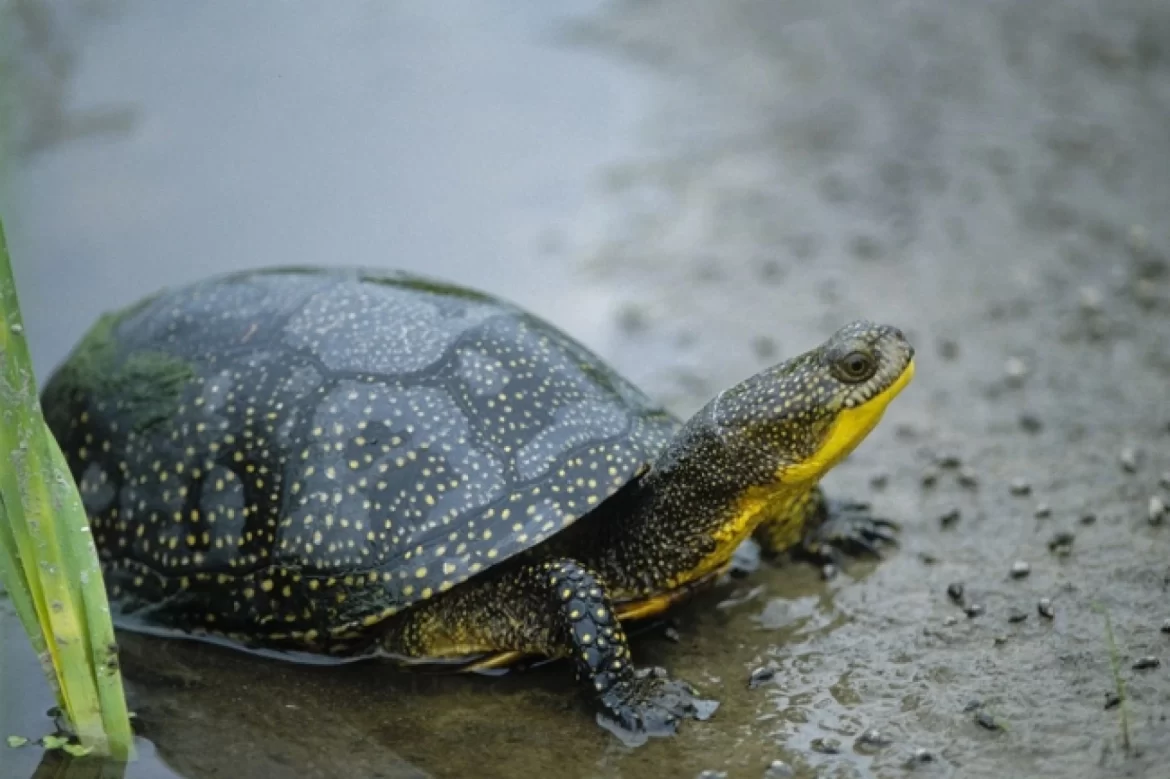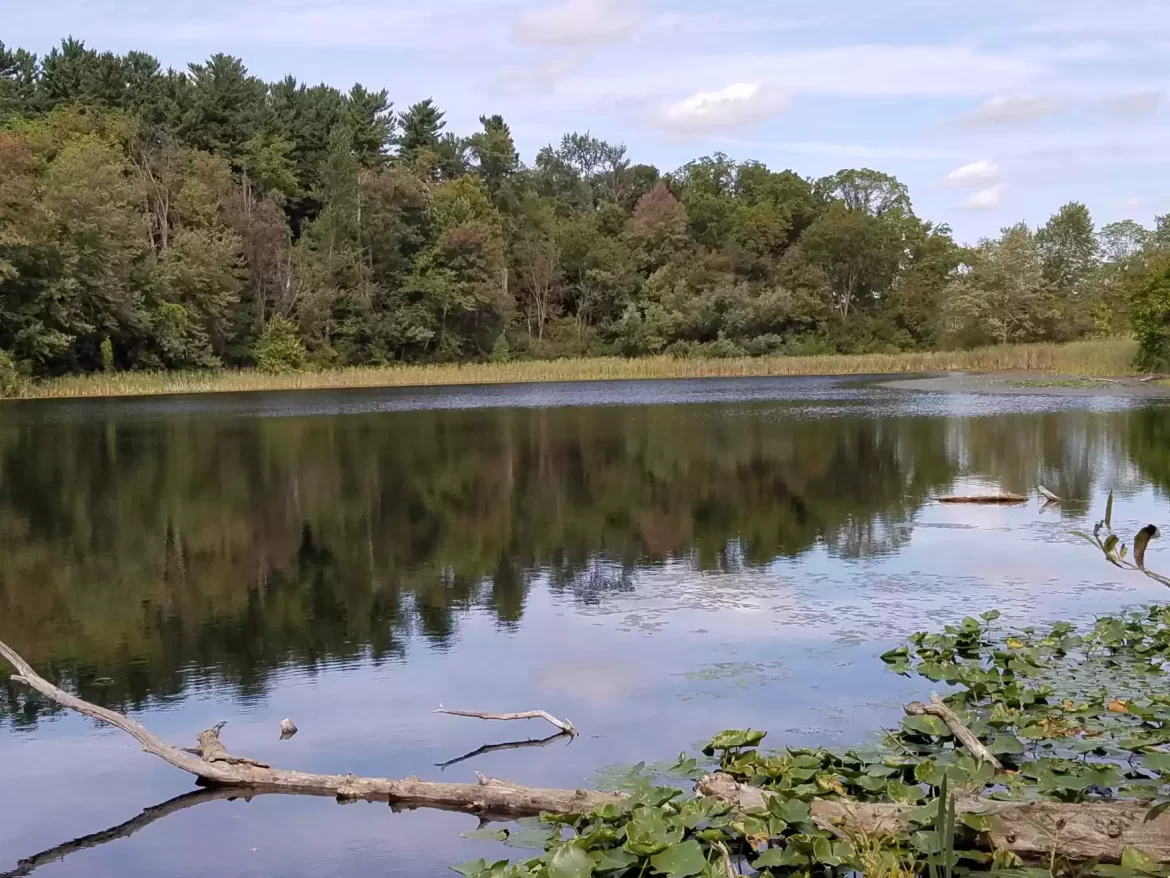Water
Michigan and Ohio receive $500,000 to study rare turtles
|
By Ruth Thornton
State wildlife agencies in Michigan and Ohio have received nearly $500,000 in federal funding to study rare turtles. The grant is part of more than $7 million distributed by the U.S. Fish and Wildlife Service to benefit rare and declining fish and wildlife and their habitats across the country. Other states receiving funding under the program this year include Minnesota, Iowa, Hawaii and North and South Carolina. Michigan’s work will focus on Blanding’s and spotted turtles, two rare species that often occur in wetlands. The funding will allow researchers to understand how the populations of both species are doing, especially the survival of nests and baby turtles.





